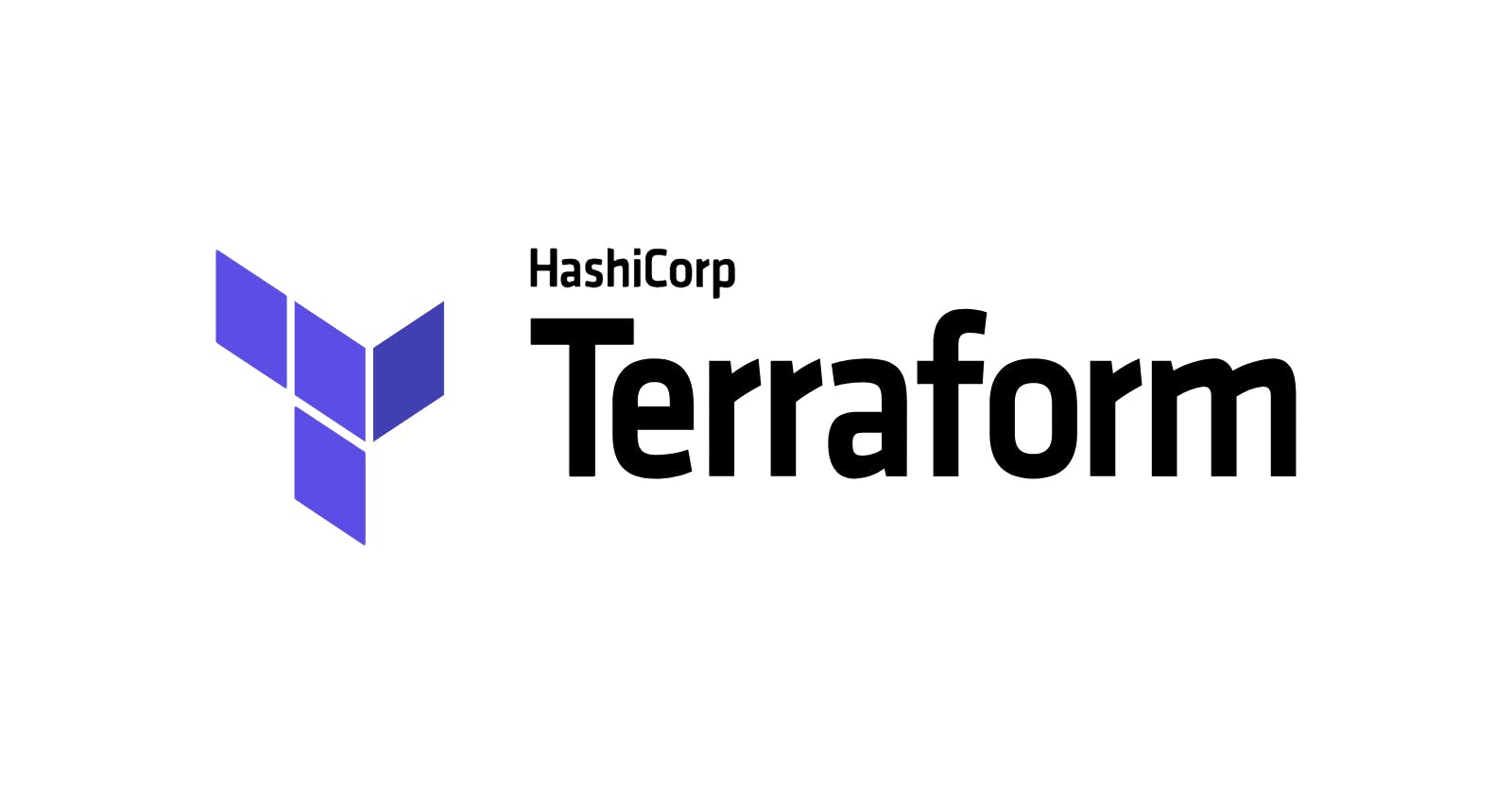Using Terraform Workspace on AWS for multi-account, multi-environment deployments
Originally posted on 27 May 2020.
What Terraform Workspaces are?
Terraform supports two concepts of workspaces: CLI workspace and Terraform Cloud/Enterprise workspace. This article is focused on CLI Workspaces also known as OSS Workspace.
CLI workspaces are a feature that allows us to manage a single Terraform configuration and provision the resulting resources multiple times.
This allows us to have similar groups of resources without managing multiple stacks. To use CLI workspaces, we have to use a compatible backend, like S3.
From this point, I will call CLI Workspaces as workspaces.
Use Case
Let's imagine a simple infrastructure composed of some virtual machines deployed in three different environments:
Development
Staging
Production
Each one of those three environments is on a dedicated AWS account, and they don't share anything. Configuration files for the environments are the same and must remain consistent and identical.
Differences like the environment tags, instance size, instance number, and other parameters are given with a dedicated variable file tfvars.
We usually have two ways to deploy this configuration multiple times:
different directories
workspaces
Different directories
This approach guarantees the optimal separation between environments and helps reduce errors, like deploying to the wrong environment.
Having multiple directories also implies that the same code is replicated in all of them, so this is a big downside but can be also an advantage for use cases where heavy customization between environments is required.
In our case, wanting three identical environments, this approach will only be more complex and harder to maintain.
CLI Workspaces
Workspaces are usually my way to resolve this issue and avoid replicated code. Workspaces as a "copy" of the state file that relays on the same terraform configuration files, so you can write once and deploy several times the exact replica of your infrastructure.
When working with workspaces, we manage multiple replicas of the deployed infrastructure from the same configuration file, in a single directory. Working in this single directory can introduce some human errors like the deploy in the wrong environment or destroying the wrong environment.
Workspace setup
This is a small example with S3 as a remote backend. This example will be deployed on three different AWS accounts, one for each environment:
devstageprod
Initial setup (Backend)
Using S3 as our remote backend our Terraform state will be saved on Amazon S3. To maintain all our Terraform states in a single place we choose to use our production account as storage. So we need to create an S3 bucket and a DynamoDB table on our production account, the bucket for this example will be named my-terraform-backend-state. Set up S3 Backend
Initial setup (CLI)
Before applying the terraform configuration we will have to set up the AWS CLI.
Configuring the AWS CLI
With the AWS CLI installed we can set up our AWS Profile: AWS CLI Named Profiles
~/.aws/credentials
[my-account-dev]
aws_access_key_id=********************
aws_secret_access_key==******************
[my-account-stage]
aws_access_key_id=********************
aws_secret_access_key==******************
[my-account-prod]
aws_access_key_id=********************
aws_secret_access_key==******************
The Terraform Configuration
provider "aws" {
region = var.aws_region
profile = "my-account-${terraform.workspace}"
}
terraform {
required_version = "= 0.15.4"
required_providers {
aws = {
source = "hashicorp/aws"
version = "~> 3.0"
}
}
backend "s3" {
profile = "my-account-prod"
bucket = "my-terraform-backend-state"
workspace_key_prefix = "eu-west-1/tutorial"
key = "shared-infra"
region = "eu-west-1"
dynamodb_table = "terraform-states-lock-table"
}
}
This configuration hides a lot of details, so we have to deep dive a little bit into each one.
Profiles
Profiles are used by the Terraform AWS Provider to authenticate by the use of the named profile we set up early. The complex part here is that we use the profile parameter two times. The first use of profile is inside the provider block, in this case, the parameter is used to deploy the resources we declare in our stack. So if we have to deploy the stack in our development account the profile here must be my-account-dev and by using
profile = "my-account-${terraform.workspace}"
we interpolate our current workspace and in case we are deploying to the development account the workspace name will exactly be dev. So the profile after interpolation will be: my-account-dev, exactly what we need.
The second use of profile is inside the backend block, here we use the parameter to indicate Terraform where our backend (S3 Bucket + DynamoDB Table) will be. In our case, we choose to centralize states and the DynamoDB lock table on the production account so the profile will be my-account-prod.
Deployment
Workspaces Commands
- Creating a new workspace:
terraform workspace new dev
- Select an existing workspace:
terraform workspace select dev
- Apply using a specific var file
terraform apply -var-file=terraform.dev.tfvars
Resulting State Files
The example below if deployed to all our three accounts will produce three different state files.
s3://my-terraform-backend-state/eu-west-1/tutorial/dev/shared-infra
s3://my-terraform-backend-state/eu-west-1/tutorial/stage/shared-infra
s3://my-terraform-backend-state/eu-west-1/tutorial/prod/shared-infra
This state file is composed by:
s3://{bucket_name}/{workspace_key_prefix}/{workspace_name}/{key}.json

